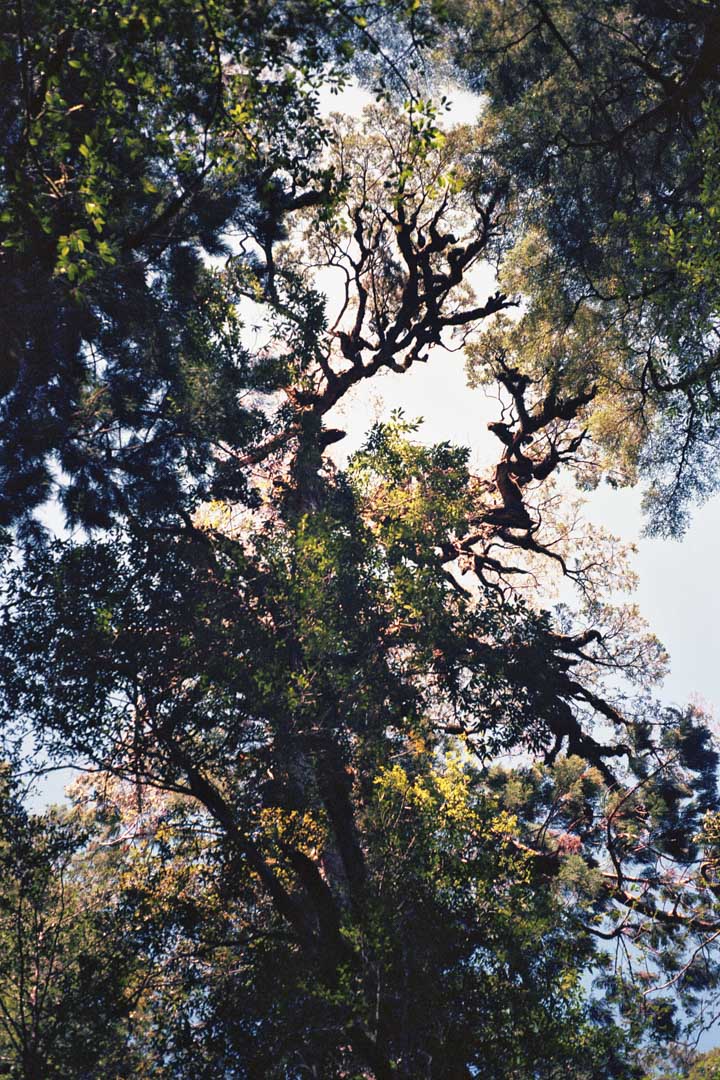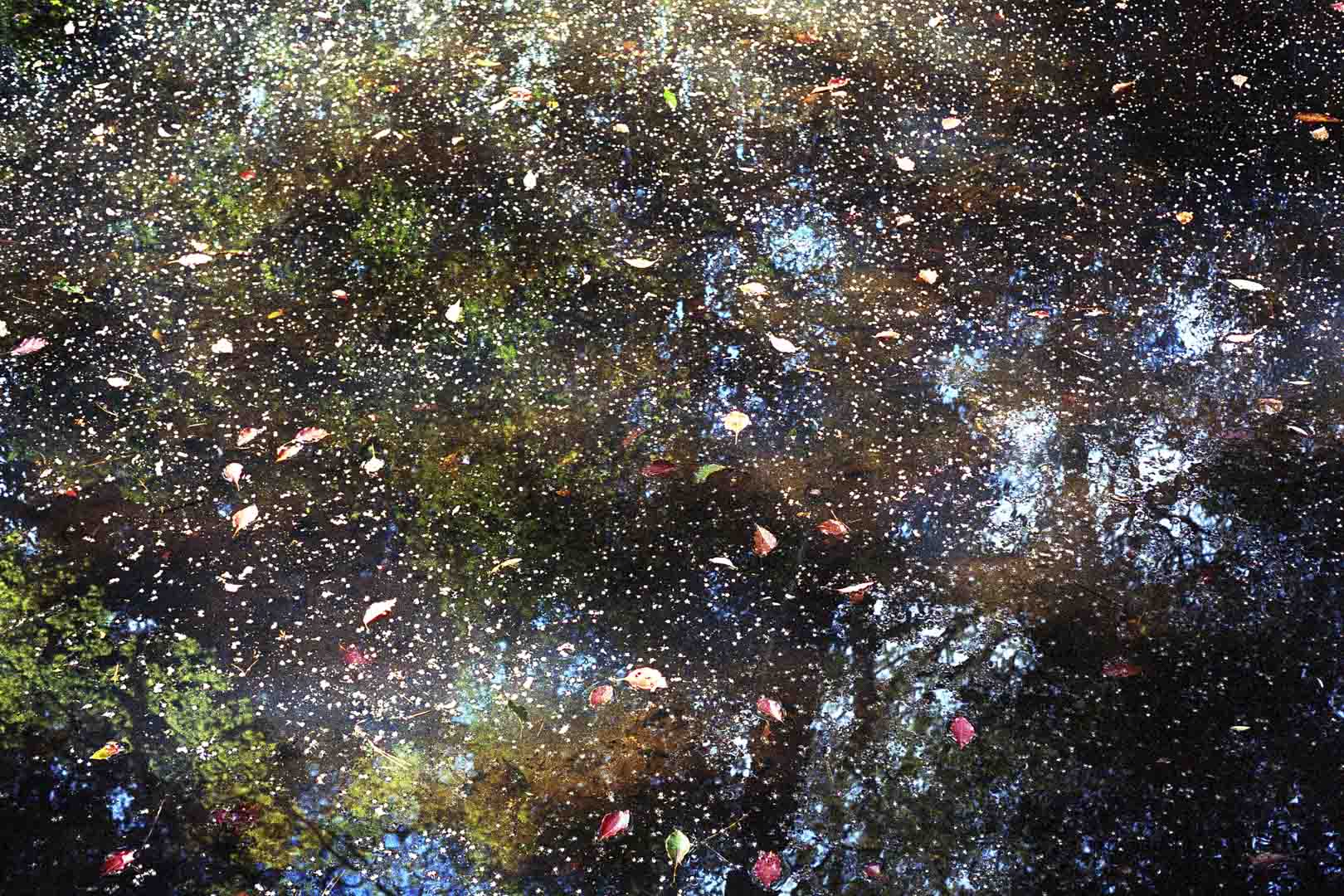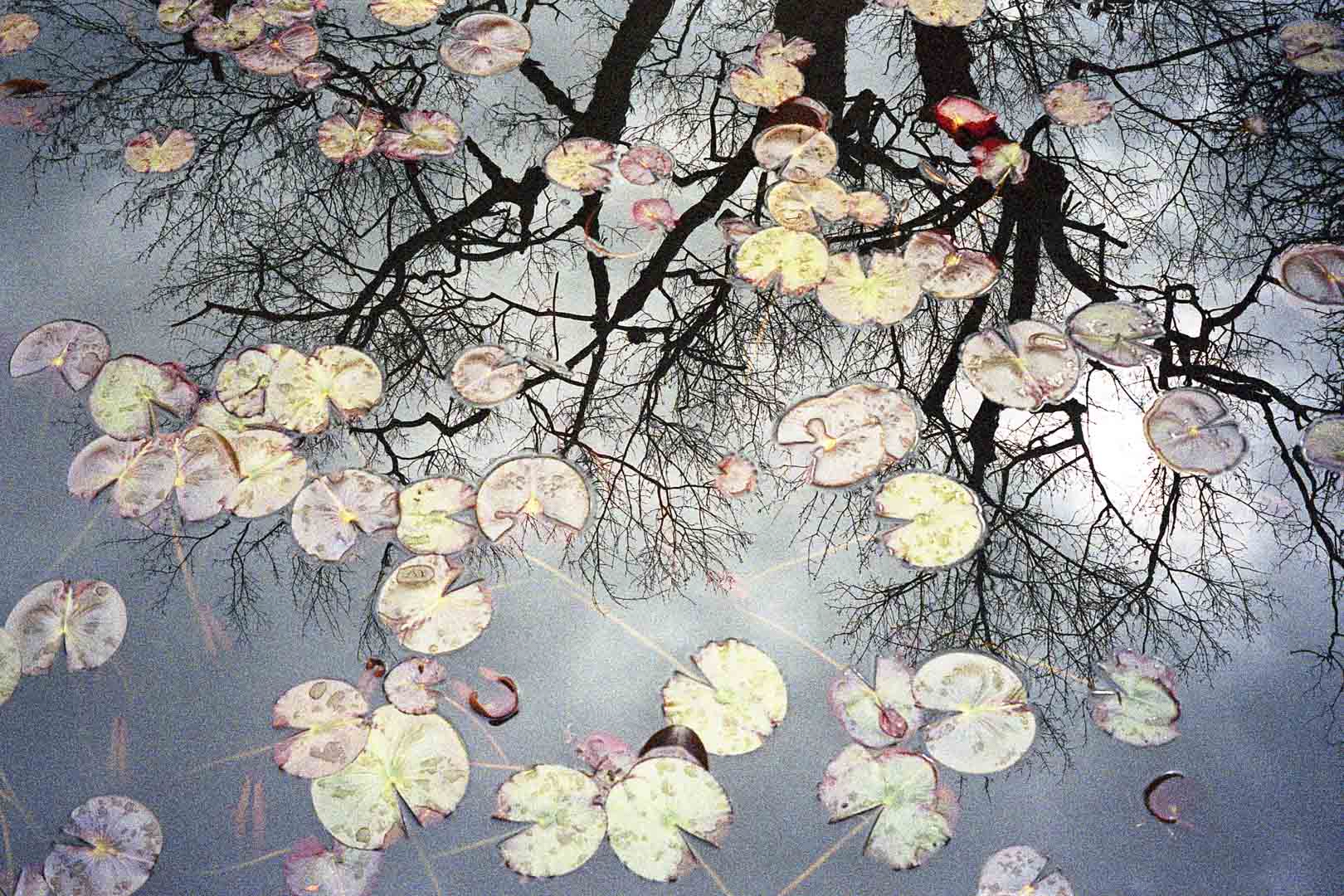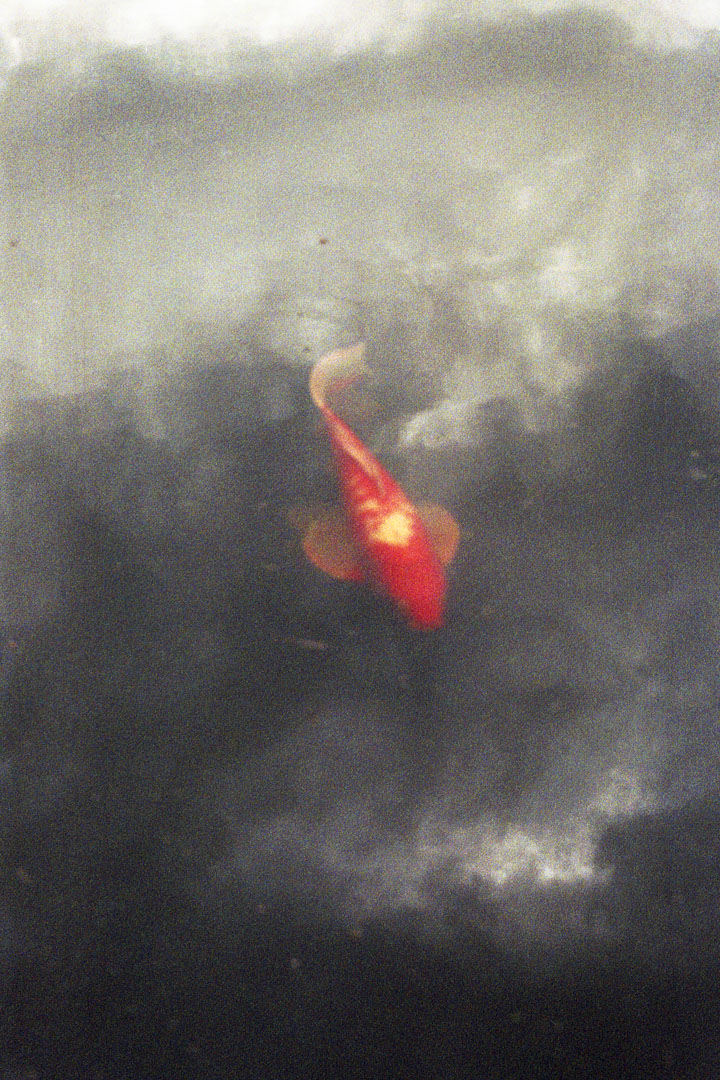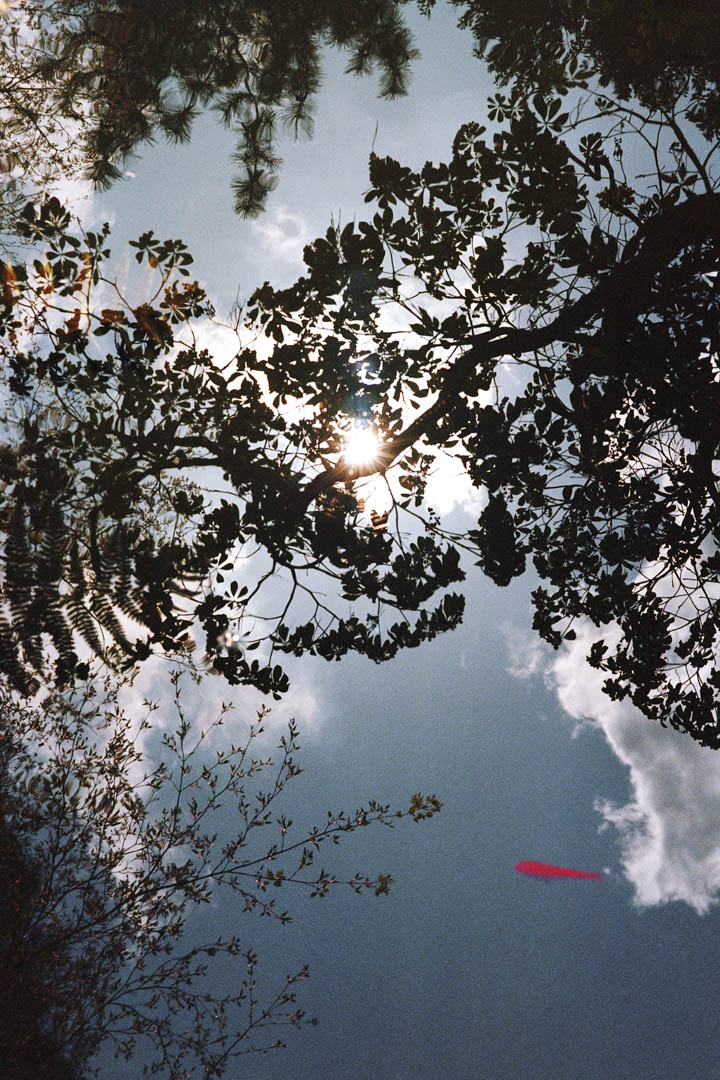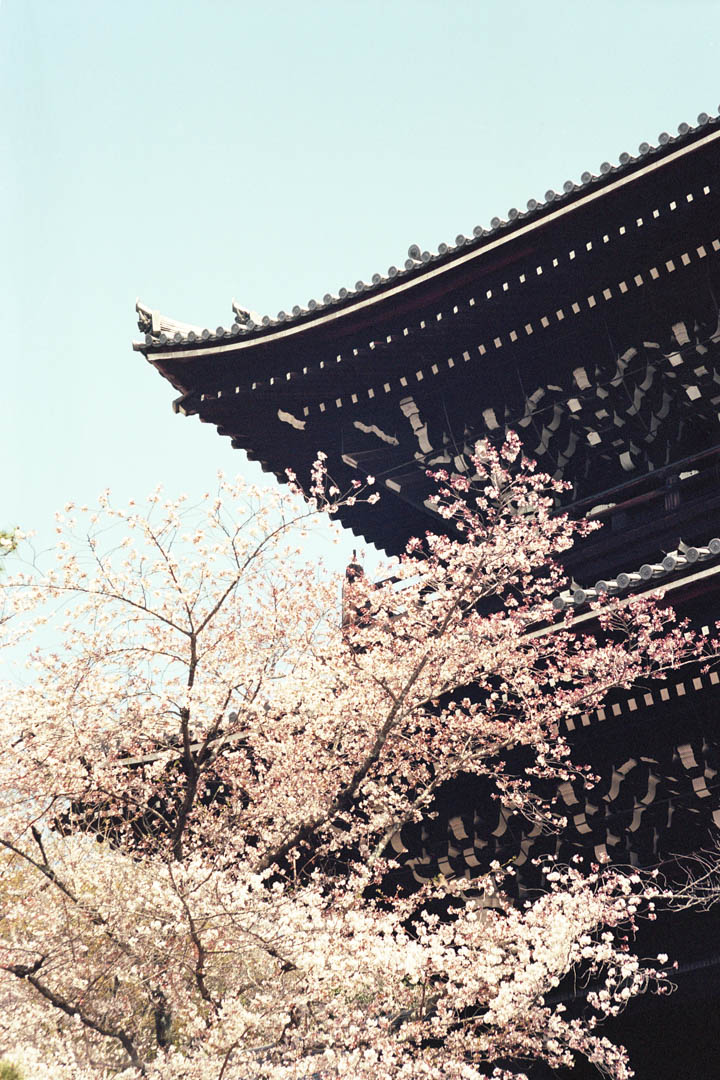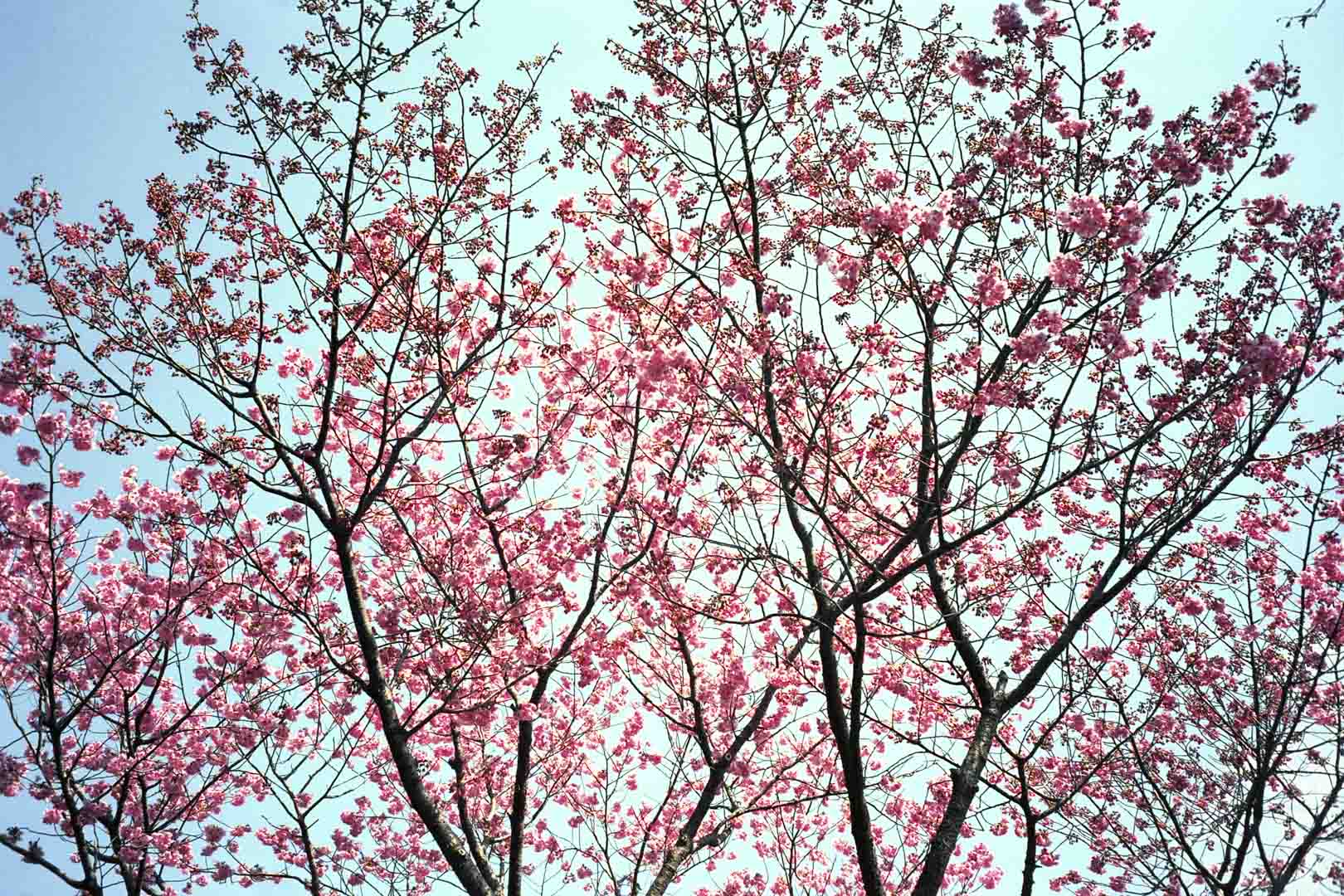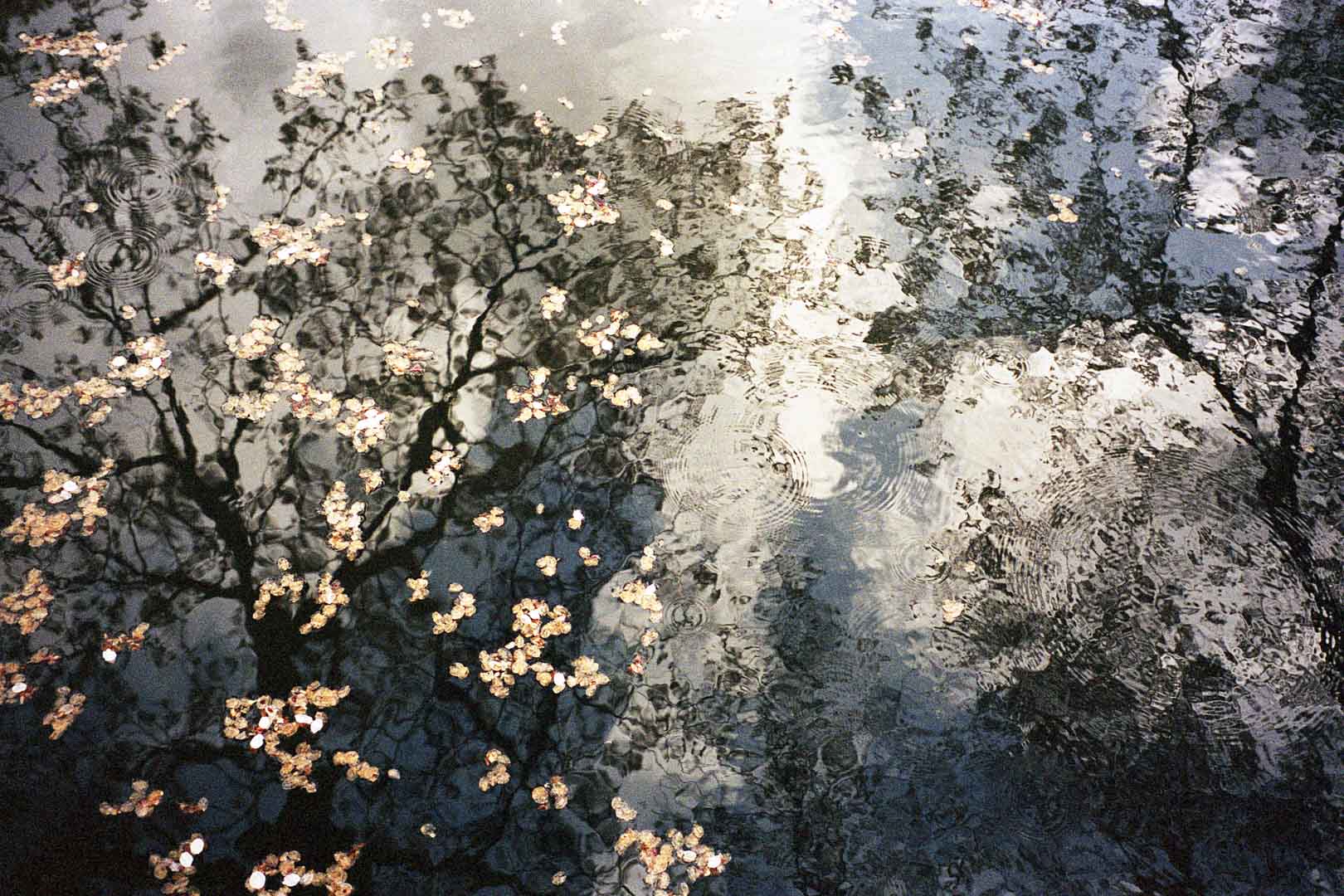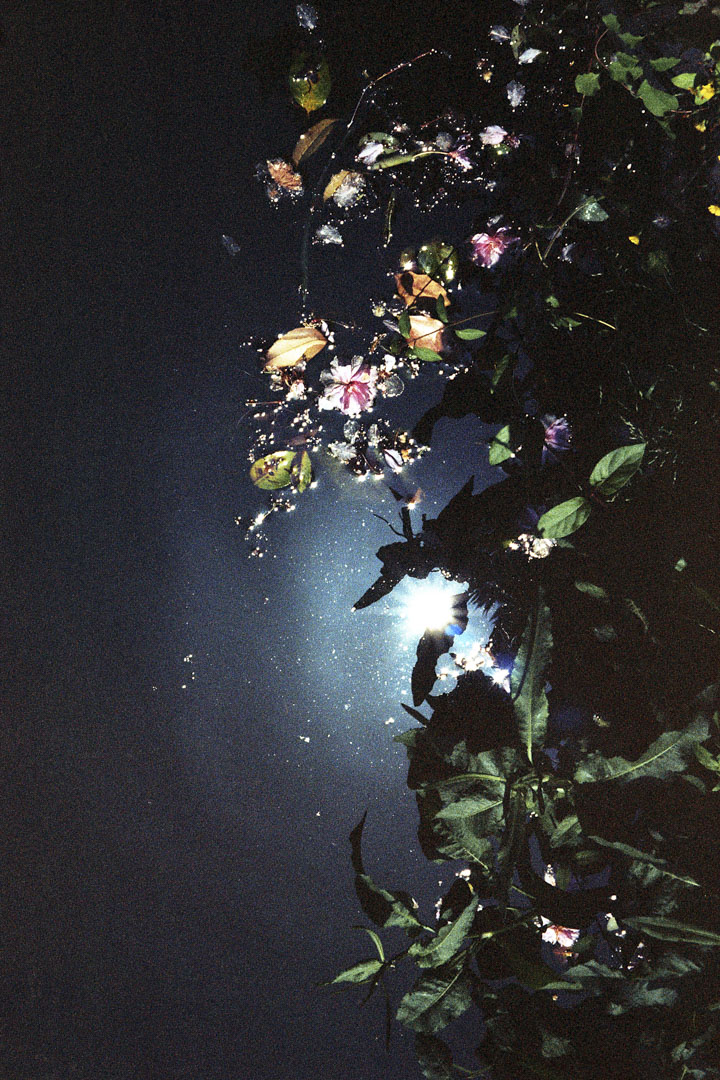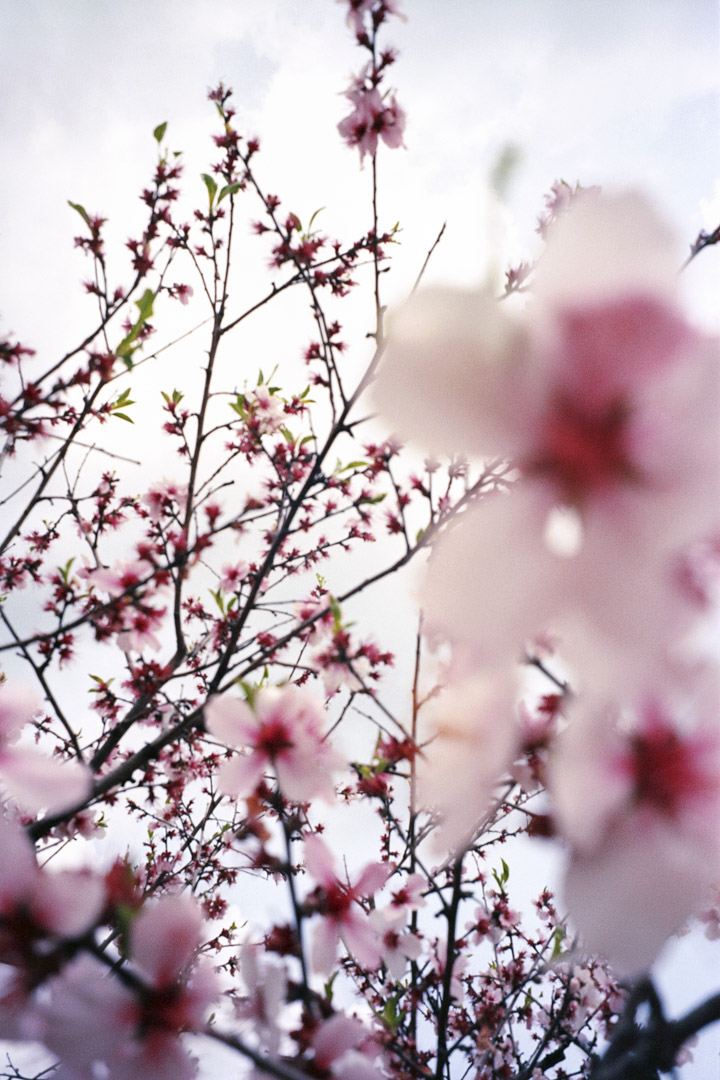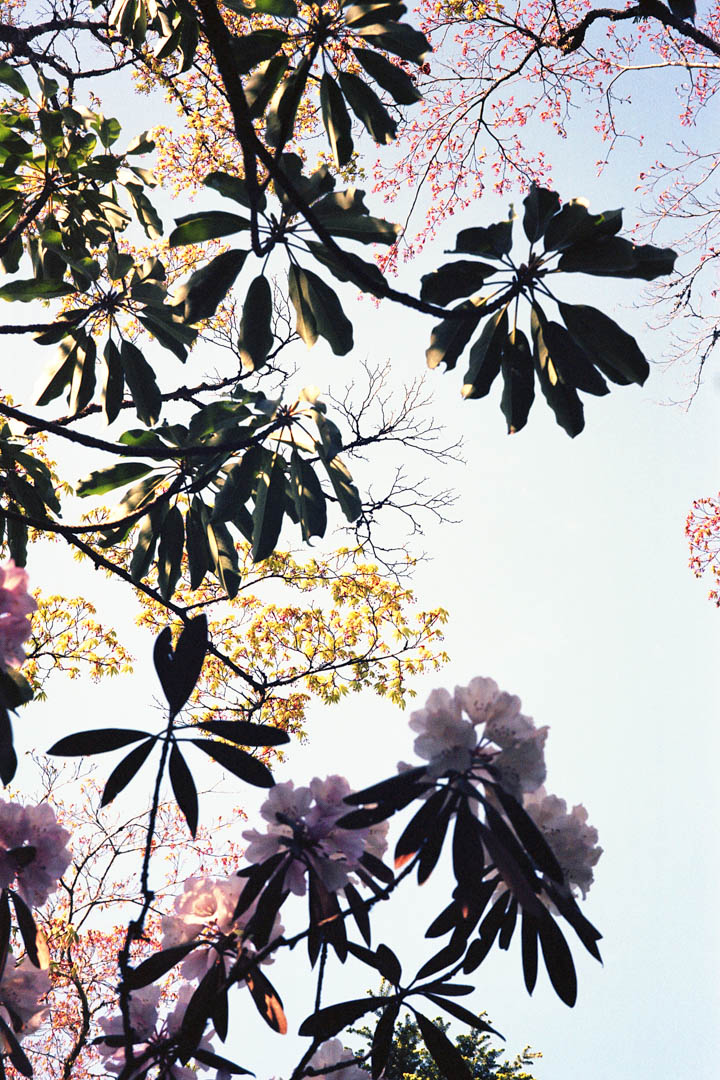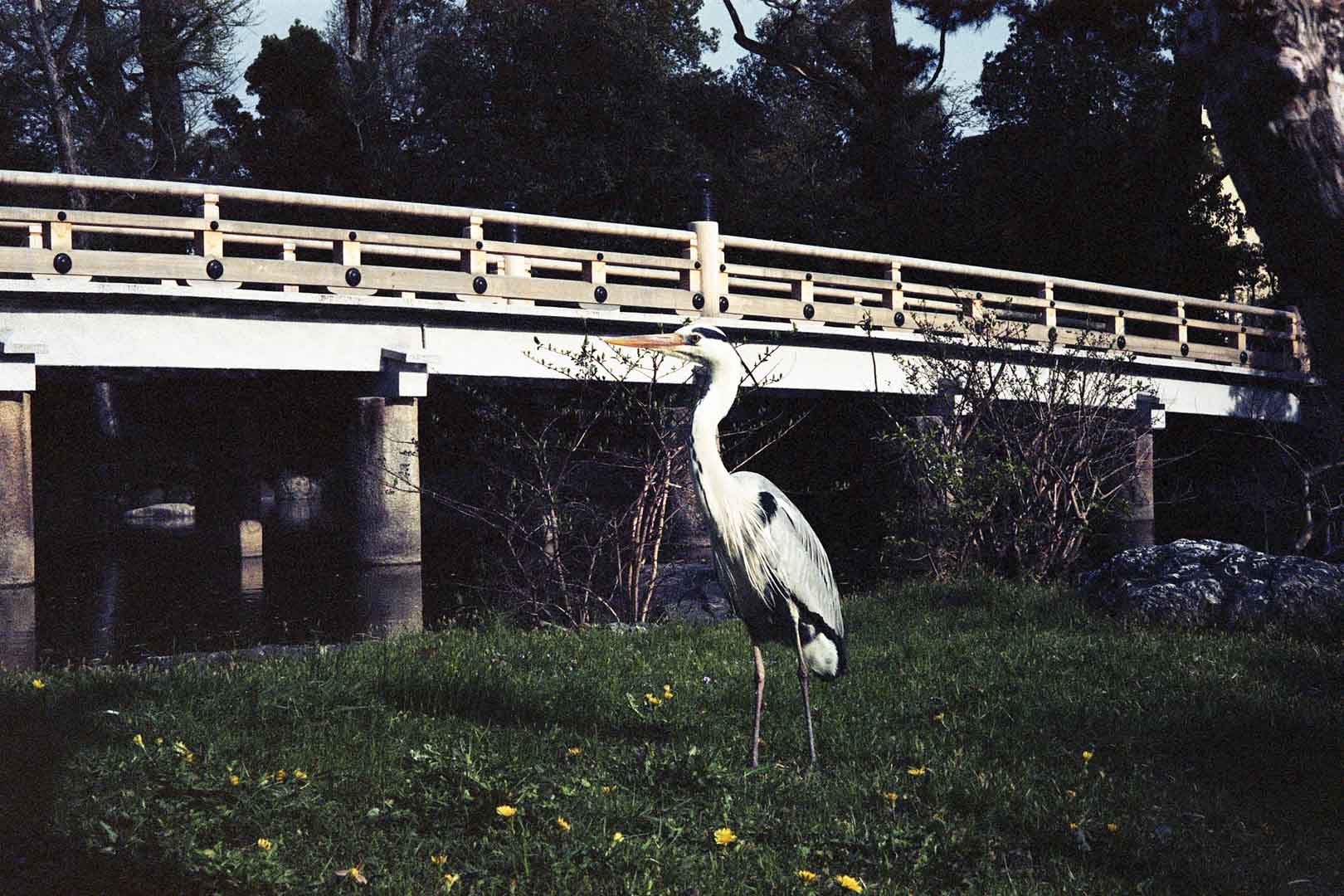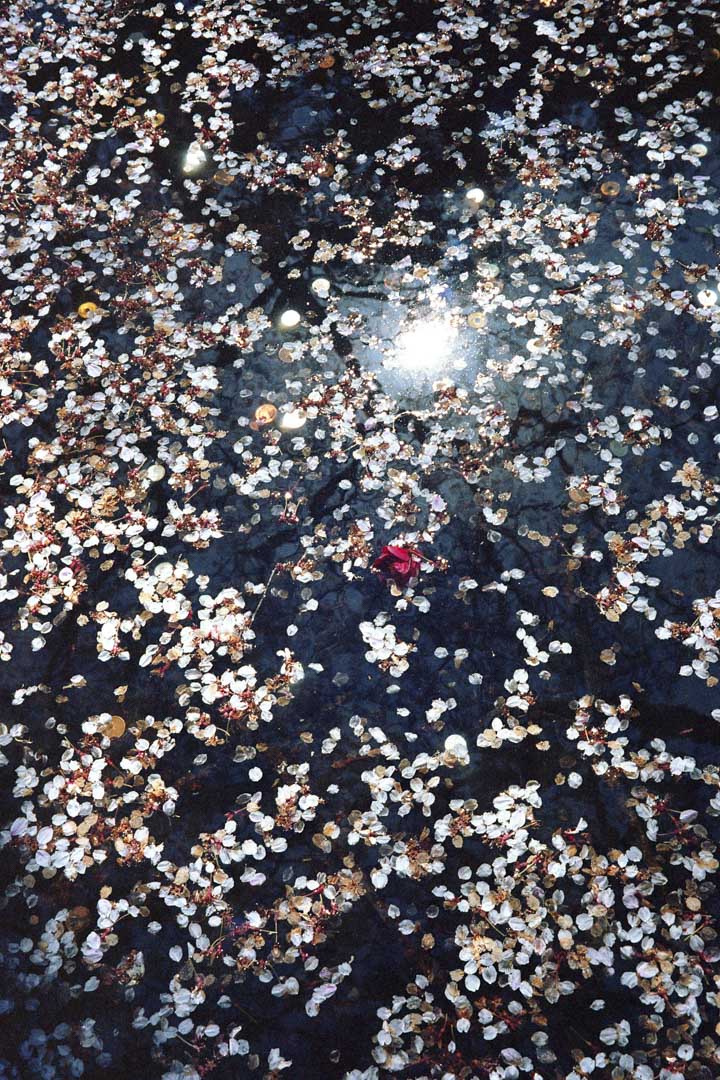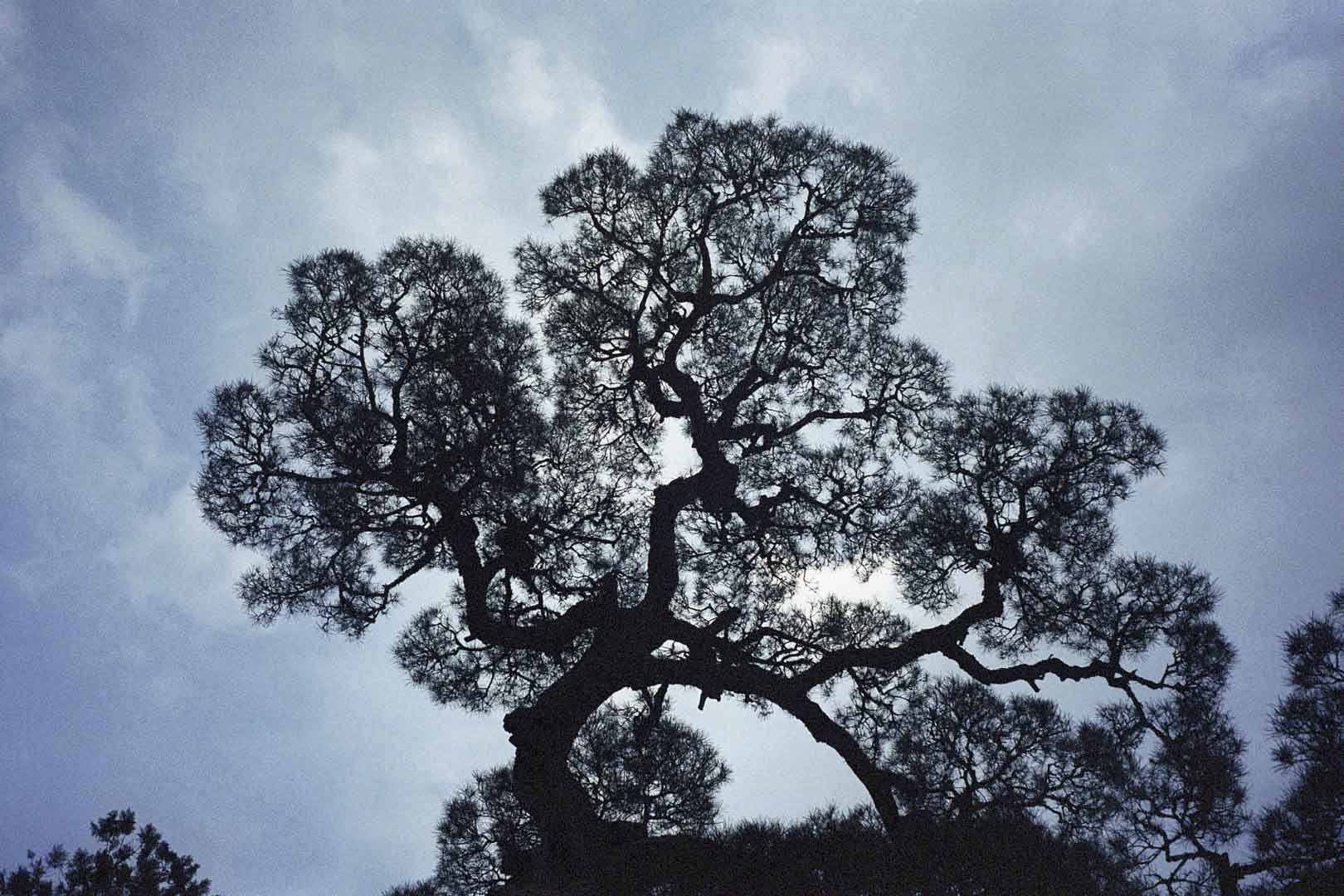Eden, 2024
Traveling to Japan is embarking on a journey to discover a mysterious, unfathomable world. Wandering along unfamiliar paths and getting lost in the heart of a nature shaped by a people who worship it. Immersing oneself in a sensory and aesthetic universe that both moves and questions.
For two months, I traveled the country from South to North, following the spring blossoms of the land. From the city of Kagoshima, I made my way up the islands of Kyūshū and Honshū, all the way to the sacred city of Nikkō. Following a precise itinerary, prioritizing parks and gardens as much as shrines and pilgrimage sites. Working with Leica cameras and analog films, without control over what I produced. But with the desire to capture, in images, the emotions evoked by the spectacle of nature undergoing its transformation.
During this journey, I allowed myself to be enveloped by the gentleness of spring and the splendor of the blooms. By partaking in the ancestral custom of hanami, which consists of contemplating the beauty of flowers, mainly the cherry blossoms known as sakura. More than the delicate gestures and the emotional gazes of the followers of this tradition, it was the elements of nature and their details that inspired me. The play of light in the foliage, the graphic shapes in the branches, the colorful textures on the damp ground, the reflections of trees on the ponds. Fleeting pleasure and ephemeral moments took on their full meaning in the face of these chromatic, vibrant, and sensory compositions, at the crossroads of Eastern and Western art. Small goldfish swimming in a basin echoed a painting by Matisse, clusters of purple and orange shrubs lining a stream recalled a canvas by Gauguin, water lilies floating on murky waters evoked a work by Monet.
In Japan, nature is imbued with mystery and magic. Animals – such as the deer of Nara or the herons of Kyoto – seem to emerge from a haiku or a children’s tale, and the plants, stylized and colorful, from a Japanese print. This spirituality emanating from nature finds resonance in the flamboyance of Mishima’s novels, the poetry of Mizoguchi’s films, and the enchantment of Miyazaki’s animated images. Japanese landscapes seem to embody the entire soul of this deeply animistic people, with beings merging with the natural elements that surround them, causing those who admire them to experience a total sensory dazzlement. While giving them the impression of living in a waking dream, at every moment.
François Fontaine

